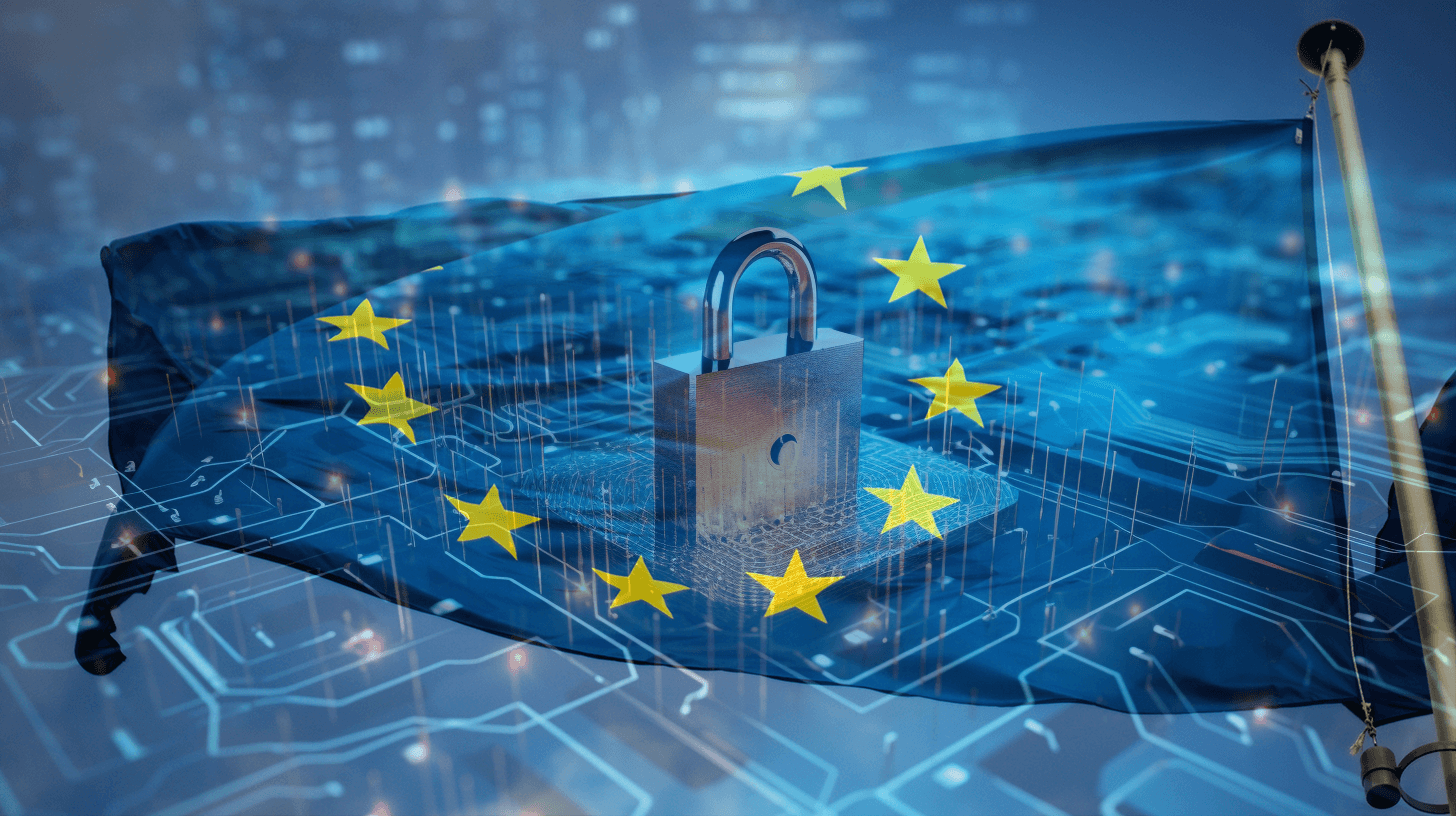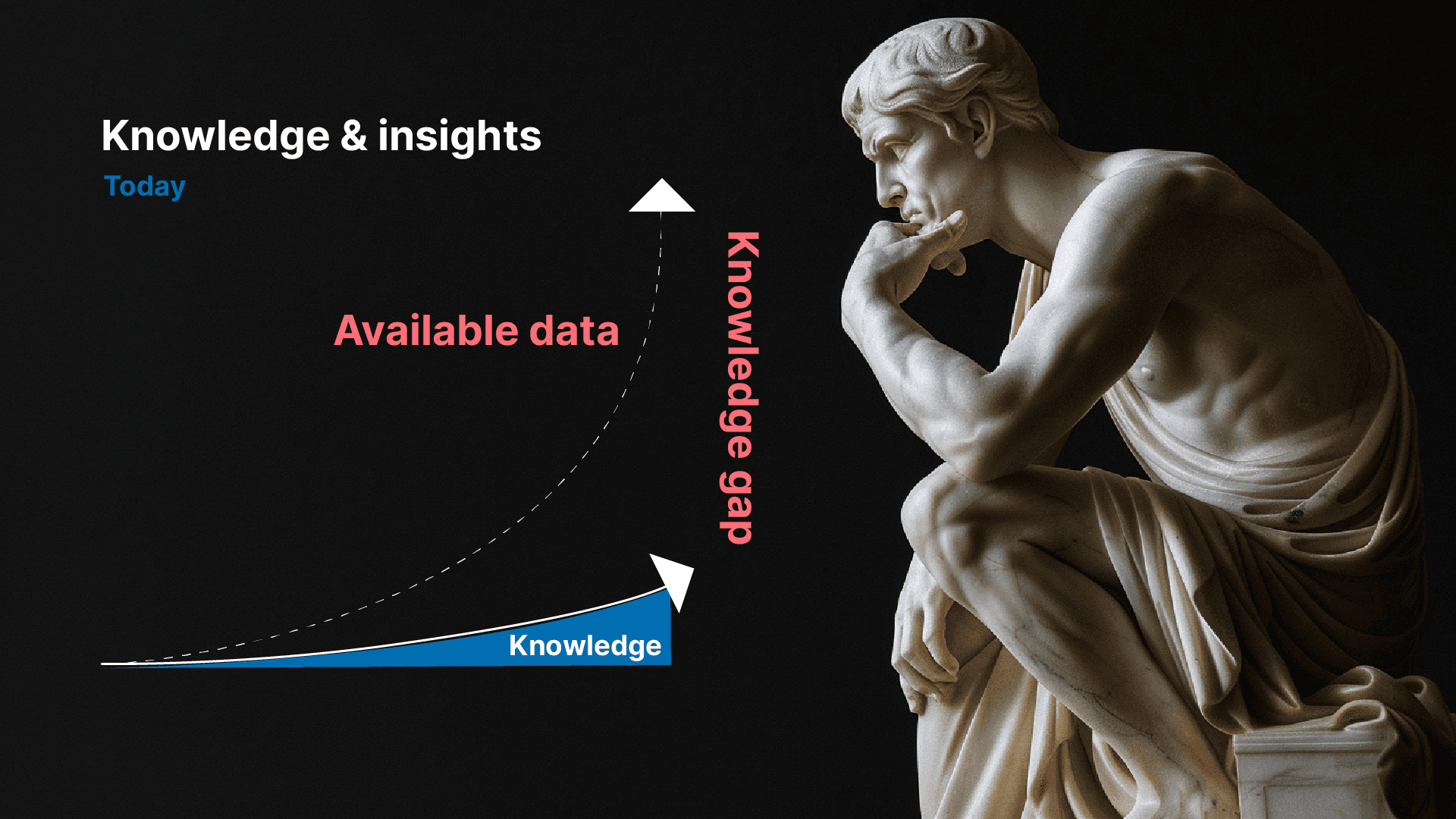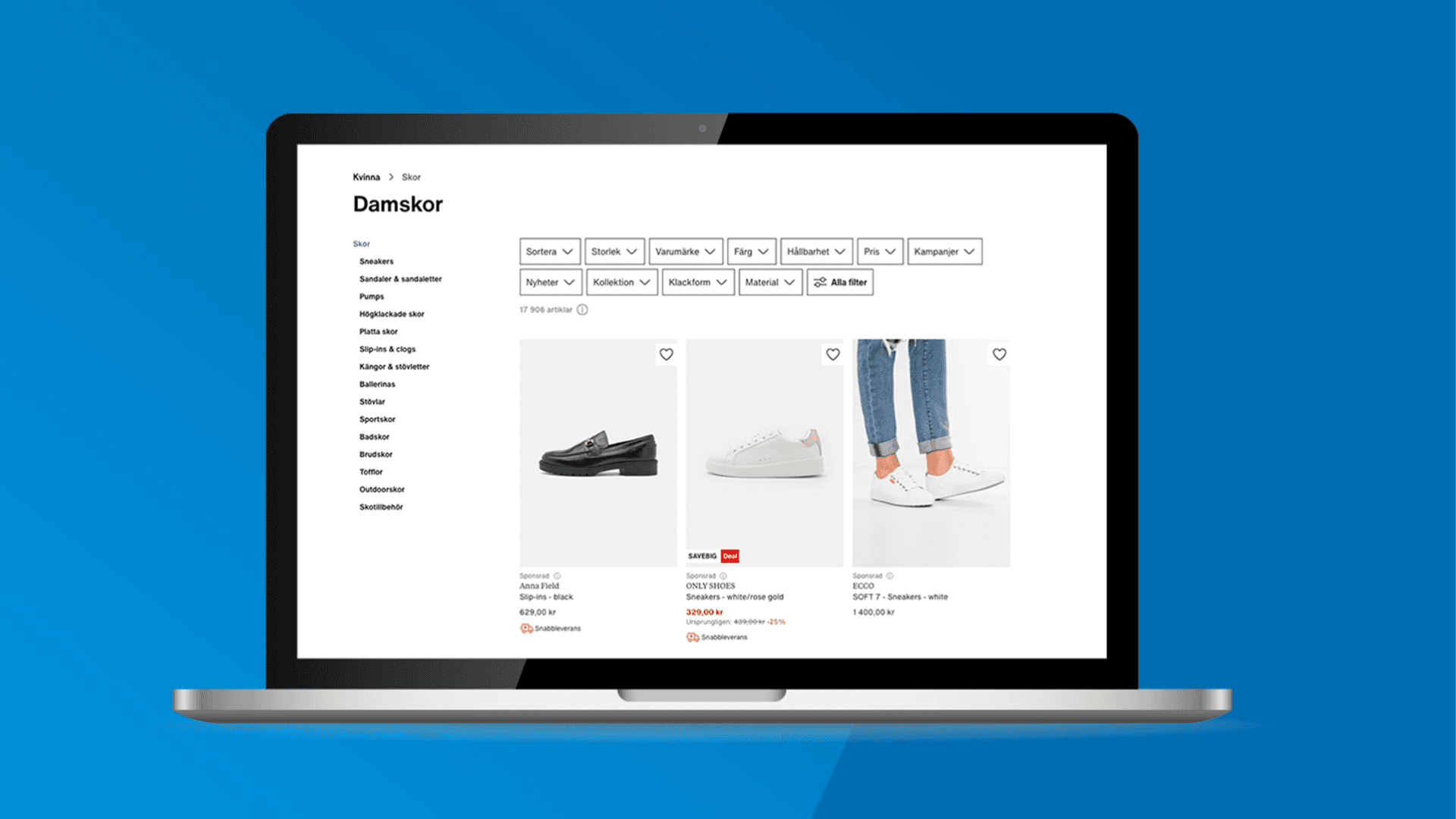What is NIS2 and how is it different from NIS?
As cyber threats grow more sophisticated, the EU has introduced the Network and Information Systems Directive 2 (NIS2), a crucial update to its cybersecurity framework with a compliance deadline of October 2024.

NIS2 expands coverage to include a broader range of sectors and enforces stringent cyber risk management, penetration testing, and incident response requirements. This guide explores the directive’s key enhancements, its impact on EU member states, and the sectors now under its wing, underscoring NIS2’s role in securing Europe’s digital future.
Understanding NIS2’s Core Objectives
The core mission of the NIS2 Directive is to establish a unified cybersecurity standard across the EU, ensuring robust protection against cyber threats for entities deemed ‘essential’ and ‘important.’ By setting a high bar for security practices, NIS2 aims to minimize the risks and impacts of cyber incidents across critical sectors. It accomplishes this by:
- Enhancing Preparedness: Entities must adopt proactive cybersecurity measures, including risk assessments and regular security audits.
- Improving Resilience: The directive mandates the implementation of advanced security technologies and processes to withstand cyber-attacks.
- Strengthening Incident Response: Quick and efficient response mechanisms are required to mitigate the effects of cyber incidents.
- Fostering Collaboration: Encouraging information sharing and cooperation within and across sectors to bolster collective cybersecurity defenses.
Who Must Comply with NIS2?
NIS2 broadens the scope of compliance, requiring a diverse array of entities across the EU to adopt its stringent cybersecurity standards. Specifically, the directive applies to:
- Companies or organizations employing more than 49 people.
- Entities with an annual turnover or balance sheet total exceeding €10 million.
These criteria aim to ensure that both significant market players and entities critical to public welfare adhere to robust cybersecurity practices. Entities are categorized as either ‘essential’ or ‘important’:
- Essential entities include those in critical sectors such as energy, transport, banking, and healthcare, which are subject to stricter regulatory scrutiny and higher sanctions for non-compliance.
- Important entities cover a broader range of sectors, including postal and courier services, waste management, and digital providers, among others.
The directive’s comprehensive approach signifies a major step forward in ensuring all significant parts of the EU’s internal market and critical infrastructure are protected against cyber threats.
Regulatory Oversight and Enforcement
NIS2 introduces a robust framework for regulatory oversight and enforcement, emphasizing the critical importance of compliance in safeguarding Europe’s digital landscape. Key features of this framework include:
- Stringent Enforcement: National authorities are empowered to conduct audits and ensure compliance, reinforcing the directive’s standards across all member states.
- Harmonized Sanctions: The directive establishes a uniform set of sanctions for non-compliance, applicable EU-wide, to maintain fairness and deter negligence.
- Immediate Action Requirements: Entities must report significant cyber incidents promptly, facilitating swift action to mitigate risks and impacts.
Implementing the NIS2 Directive presents both challenges and opportunities for entities across the EU. Key among these challenges is the need to align existing cybersecurity practices with NIS2’s enhanced requirements. Entities may face difficulties in scaling their cybersecurity measures, ensuring timely incident reporting, and fostering a culture of continuous improvement.
Best Practices for Effective Implementation:
1. Gap Analysis:
Conduct a comprehensive review of current cybersecurity measures against NIS2 requirements to identify areas needing improvement.
2. Invest in Training:
Enhance staff awareness and capabilities in cybersecurity to foster a proactive security culture.
3. Adopt a Risk-Based Approach:
Prioritize resources and efforts based on the assessment of potential cyber threats and their impacts.
4. Strengthen Incident Response:
Develop and regularly test incident response plans to ensure swift action and minimal impact of cyber incidents.
5. Collaborate and Share Information:
Engage in sector-specific and cross-sectoral exchange of information on threats and best practices to enhance collective security.
Conclusion
In conclusion, the NIS2 Directive sets a rigorous new standard for cybersecurity across the EU, demanding substantial effort from affected entities to elevate their digital defense mechanisms. As we edge closer to the October 2024 deadline, the mandate for organizations to reassess, upgrade, and continuously refine their cybersecurity strategies is clear. This directive is more than a regulatory requirement; it’s a pivotal step towards a collective resilience against cyber threats in Europe.
The path to compliance involves significant groundwork—identifying gaps, enhancing cyber defenses, and fostering a culture of security awareness. Yet, the ultimate goal transcends compliance; it’s about fortifying the digital ecosystem for all.
For further insight and guidance on NIS2:
Official NIS2 Directive Text: https://eur-lex.europa.eu/eli/dir/2022/2555 – Essential for understanding the directive’s full scope.
ENISA: https://www.enisa.europa.eu – Provides extensive resources for navigating the NIS2 landscape.





